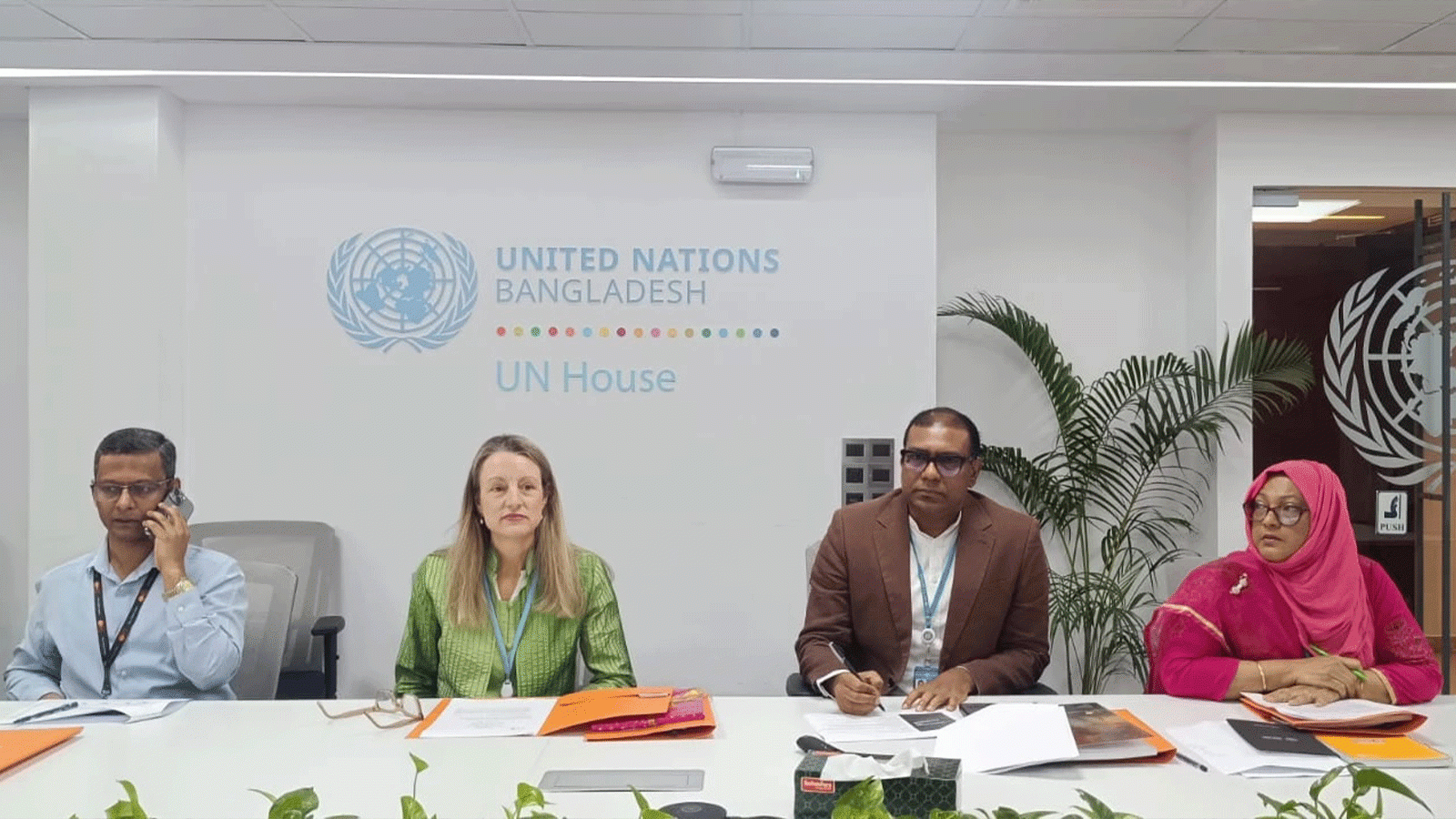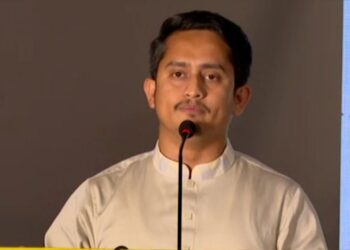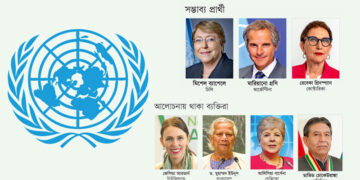Bangladesh’s population has now reached an estimated 175.7 million, with two-thirds—about 115 million people falling within the working-age group of 15 to 64 years.
This demographic trend presents a golden opportunity for the country to benefit from what experts call the demographic dividend, according to the latest UNFPA State of World Population 2025 report.
The report was officially launched in Dhaka on 7 July 2025 by UNFPA Representative in Bangladesh, Catherine Breen Kamkong, during a press event held at the UN Building in Gulshan.
Key Findings on Bangladesh’s Population:
-
Total population: 175.7 million
-
Working-age population (15-64 years): 115 million (66%)
-
Adolescents (aged 10–19): 33 million (19%)
-
Youth (aged 10–24): 50 million (28%)
-
Elderly (65+ years): 12 million (7%)
-
Women: Half the total population
Kamkong highlighted that Bangladesh’s population structure offers a strong base for future economic growth, but this potential can only be unlocked through proper investments in health, education, and reproductive rights.
The Real Fertility Crisis
The 2025 report focuses on the theme “The Real Fertility Crisis The Pursuit of Reproductive Agency in a Changing World.” It challenges the outdated idea of “too many” or “too few” births and instead emphasizes that the real crisis lies in people’s inability to make free and informed reproductive choices especially women and young people.
Read More: 100 of BBC Journalists Accuse of Supporting Israel, Call for Board Member’s Removal
In Bangladesh, many still struggle to access basic reproductive healthcare. The Total Fertility Rate (TFR) is now at 2.1, which is considered a replacement-level fertility rate. But high rates of teenage pregnancy persist, mainly due to child marriage, limited access to contraceptives, and lack of sex education.
Health Spending Still Low
Kamkong also pointed out that Bangladesh’s health budget remains too low to meet current needs. Currently, the government invests only:
-
0.7% of its GDP
-
2% of the national budget on health
UNFPA recommends increasing these to 5% of GDP and 15% of the national budget, which would allow the country to:
-
Recruit and train more skilled health workers
-
Ensure consistent access to family planning options
-
Improve maternal and child healthcare systems
-
Empower women through reproductive choice
Global Context
The report also highlights global fertility trends:
-
South Korea has the world’s lowest fertility rate: 0.8 children per woman
-
Niger has the highest: 5.8 children per woman
Bangladesh’s population falls somewhere in the middle, but the challenges here are unique. Many people either have fewer children than they want or more than they planned—often due to lack of access to reproductive health services.
The report is backed by global surveys, academic research, and real-life stories, aiming to change the conversation from numbers to rights and agency.



















